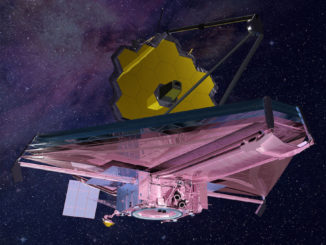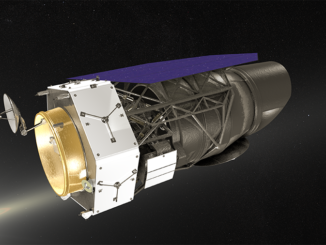
Astrophysics


NASA’s new planet-hunting satellite begins climb into science orbit
Looping back near Earth for the first time since its launch one week ago, NASA’s Transiting Exoplanet Survey Satellite fired its thrusters early Wednesday to begin boosting its orbit toward the moon for a May 17 gravity assist maneuver that will help catapult the probe into its unique science orbit.

After “terrific” launch, TESS nears first major orbit-raising burn
NASA’s new planet-hunting TESS observatory completed its first post-launch thruster firing Saturday, setting up for a big boost Wednesday that will send the spacecraft toward the moon for a flyby next month, the next maneuvers in a two-month process to reach the mission’s final science orbit in mid-June.






NuSTAR probes black hole mystery
Black holes are famous for being ravenous eaters, but they do not eat everything that falls toward them. A small portion of material gets shot back out in powerful jets of hot gas, called plasma, that can wreak havoc on their surroundings. Along the way, this plasma somehow gets energized enough to strongly radiate light, forming two bright columns along the black hole’s axis of rotation.

